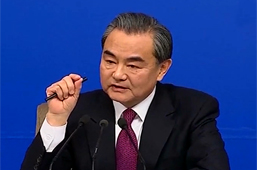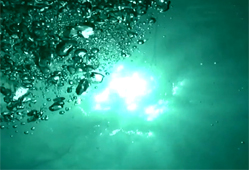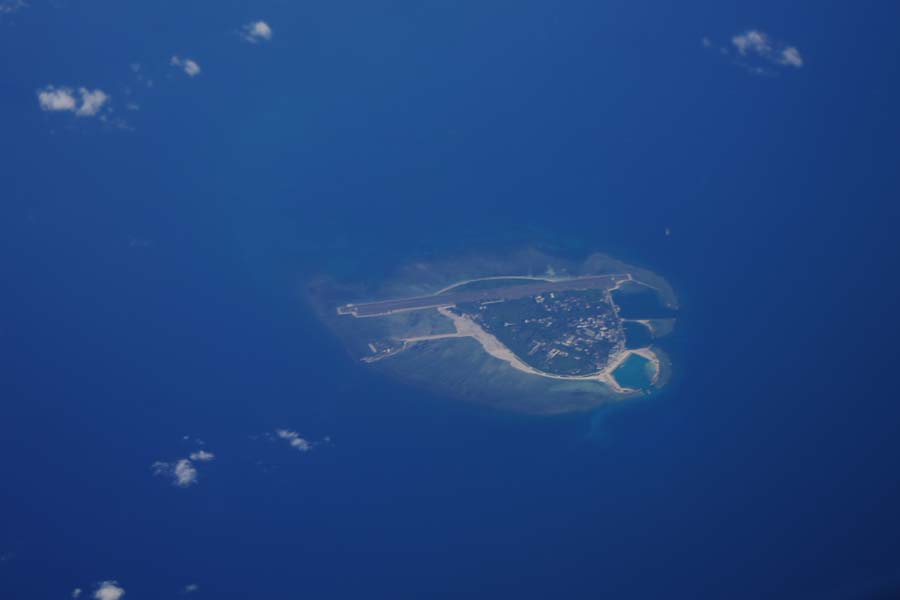From the discovery of sporadic relics in the 1920s to the present underwater archeology, archaeological survey of Xisha Qundao has undergone three stages, including sporadic discovery and local collection, scientific investigation and excavation and underwater archeology.
1) 1920s-1950s: The Stage of Sporadic Discovery and Local Collection
Beginning in the 1920s, ancient relics were discovered in Xisha Qundao. In 1920, a large number of ancient coins were found by Japanese fishermen in Xisha Qundao. Among them, those cast in the reign of Emperor Wang Mang of Han Dynasty were the oldest, while those cast during Yongle Era in the Ming Dynasty were the youngest and most numerous. According to Professor Ma Tingying, director of the Taiwan Provincial Institute of Oceanography, the coral reefs must have taken 500 years to form, judged from their location of five feet below the surface of the water, and therefore correspond to the Yongle era.
In 1945, after the defeat of Japan, the national government took over Xisha Qundao. In the subsequent two years, conscious efforts were made to collect archaeological heritage on the islands, and a total of more than 1,300 pieces of cultural relics were obtained. Later, this batch of cultural relics was displayed at the Exhibition of Items from Xisha Qundao held in the Guangdong Provincial Archives. At the exhibition, Professor Wang Guangwei, representative of the Compilation Panel for Xisha and Nansha Qundao Annals, displayed 16 coins that he had collected below coral rocks. Dating back to the Kaiyuan Era of the Tang Dynasty, Hongwu Era and Yongle Era of the Ming Dynasty, those coins caused a great sensation. That is the first known endeavor by modern China in seeking and displaying cultural relics of Nanhai Zhudao in a purposeful and organized manner.
At this stage, cultural relics were also recorded by people going to Xisha Qundao for visits, surveys or other activities. For example, in the 1950s, small temples built by Chinese fishermen on some islands were described by those visiting Nanhai Zhudao, including "Xiongdi Gong Temple" (Brotherhood Temple) , Gu Hun Dao (Lonely Soul Temple) on Yongxing Dao, Temple of Earth God" on Jinqing Dao, and Temple of Avalokitesvara on Dongdao Dao by Mu Ye, Jia Huamin, Jun Fen and others. Though scattered, incomplete and unsystematic, those descriptions and records furnish us with valuable materials for our in-depth understanding of the daily lives and religious beliefs of fishermen in Xisha Qundao.
At this stage, archaeological discoveries in Nanhai Zhudao were made by fishermen accidentally in productive activities and life, by scientific personnel in research activities, and intentionally by governmental workers. In era, the cultural relics could be traced back to the Han Dynasty at the earliest, the Tang and Song Dynasties, and the Ming and Qing Dynasties at the latest. In form, they included both underwater relics of ship wreckage and remnants of utensils used by island residents. Some people of insight specifically stressed that those relics were significant for indicating Chinese sovereignty over Nanhai Zhudao. For example, "In the ninth year of the Republic of China, ancient coins found by Japanese fishermen in Xisha Qundao, ... should belong to Emperor Chengzu of the Ming Dynasty or later. Therefore, they should be five hundred years old at least ... and must have been brought there by Zheng Chenggong." "The 16 ancient coins of Kaiyuan, Huangsong, Hongwu and Yongle found by Professor Wang Guangwei of Sun Yat-sen University on Shidao Dao of Xisha Qundao are especially worth noting, in that they constitute irrefutable evidence of Chinese sovereignty of Xisha Qundao since ancient times.







 Overview
Overview Resources & Environment
Resources & Environment



 QQ 好友
QQ 好友 微信好友
微信好友 易信好友
易信好友 QQ空间
QQ空间 朋友圈
朋友圈 百度空间
百度空间